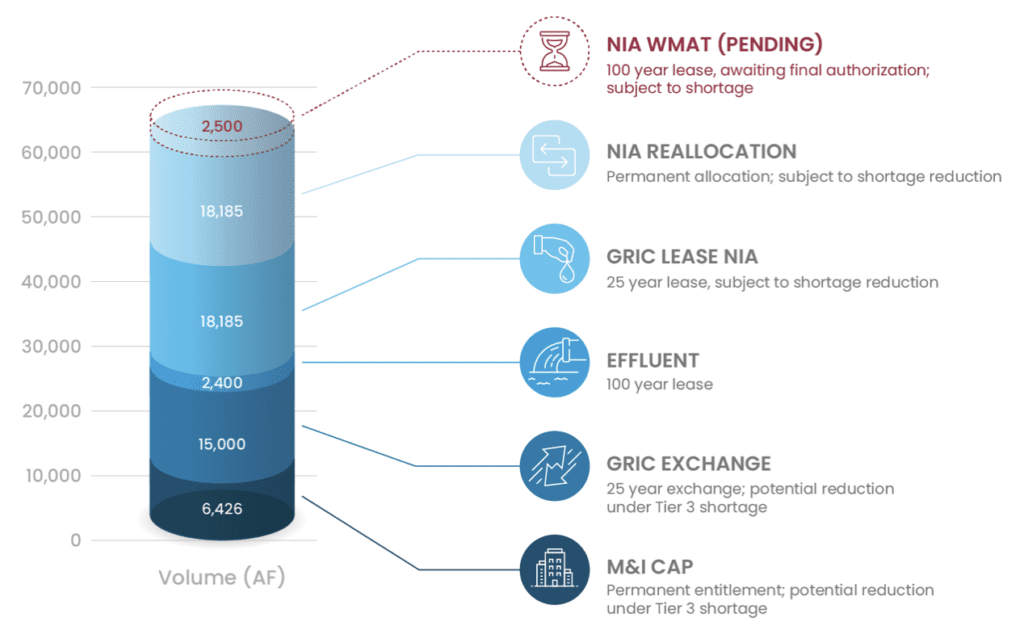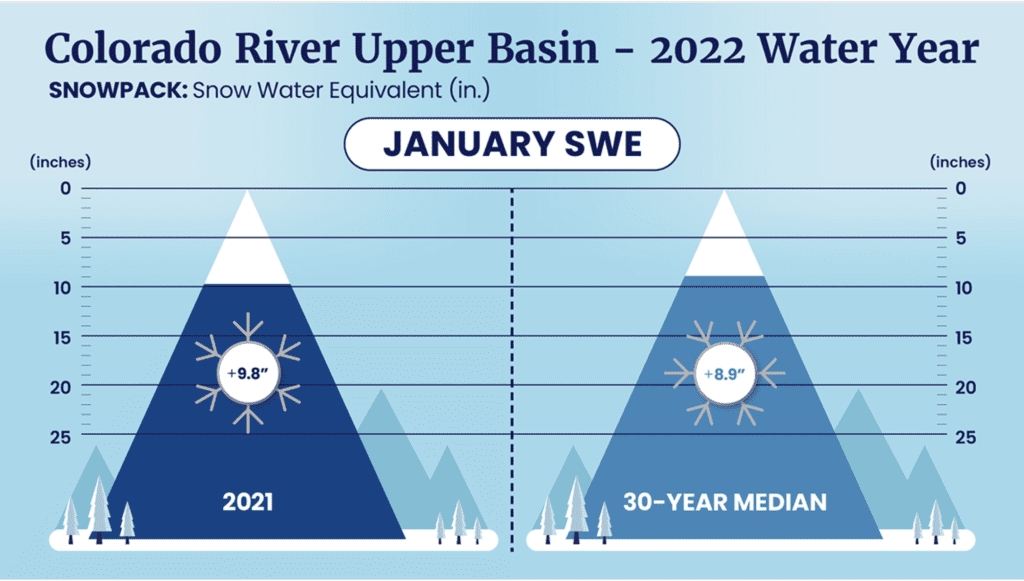Daniel Salzler No. 1138
EnviroInsight.org Five Items February 25, 2022
—————Feel Free To Pass This Along To Others——————
If your watershed is doing something you would like others to know about, or you know of something others can
benefit from, let me know and I will place it in this Information newsletter.
If you want to be removed from the distribution list, please let me know.
Please note that all meetings listed are open.
Enhance your viewing by downloading the pdf file to view photos, etc. The
attached is all about improving life in the watershed. If you want to be removed from
the distribution list, please let me know. Please note that all meetings listed are open.
Check our website at EnviroInsight.org
- Upper Agua Fria Watershed Partnership Online Meeting. Tuesday, March 1, 2022, 10:00 AM – 12:00 PM (MST)
Please join my meeting from your computer, tablet or smartphone.
United States: +1 (646) 749-3122 Access Code: 284-165-317
Get the app now and be ready when your first meeting starts: https://meet.goto.com/install

Upper Agua Fria Watershed Partnership Online Meeting March 1, 2022, 10 am
Draft Agenda
1. Introductions and Announcements
2. Arizona Metals Black Canyon City Kay Mine
a. Committee Development
b. Natural Riparian Resources Inventory; Yavapai County GIS
3. Solar Farm Proposals: Updates,
a. Visual impacts /Yavapai County GIS; Drone Tour
b. ASLD and Yavapai County Review process, any updates?
c. Mitigation:AGFD: Pronghorn, Central AZ Grasslands Conservation Strategy, Wildlife
Connectivity, Build Back Better opportunities for wildlife, Ginger Ritter?
4. Pioneer Landscaping Materials in Mayer on Big Bug: Tom Thurman updates
5. FlexLane: Randy Policar from ADOT will send a rep to the UAFWP April 5, 2022 meeting to discuss
this project with particular emphasis on sustainable construction water. See <improvingi17.com>.
Let’s develop list of questions.
this project with particular emphasis on sustainable construction water. See <improvingi17.com>.
Let’s develop list of questions.
April 25, 2022 ADOT has scheduled a Community Meeting at Canon Elementary School
6. FAFNM:Update on Center for Biological Diversity lawsuit Roger Joos
7. Yavapai County Comprehensive Plan: how to weigh in <www.planningyavapai2032.org>
8. 2022 Goals? Website? Adopt a Highway
2. Air Pollution. Our chances of catching a cold are greater during the winter, especially if our home’s air quality is poor. In addition, trapped pollutants increase our risk of asthma and other respiratory problems. The good news is that we can do something about it! According to the Environmental Protection Agency (EPA), there are 3 basic strategies for better indoor air quality: (1) controlling sources of pollutants (2) improving ventilation, and (3) cleaning the air. Here’s what you need to know to improve your indoor air quality this winter.
Source Control
There are many sources of indoor pollution, ranging from fuel-burning appliances to building materials and furnishings, and even
Airborne chemicals
Also known as VOCS – volatile organic compounds – these “hang” in the air for us to breathe. Scented air fresheners, cleaning products, paint, and even carpets and furniture release chemicals in the air. VOCs can cause health problems from respiratory illnesses to headaches, dizziness, irritation in the eyes, ears, nose, and throat, and more. You can choose low VOC paint, or repurposed/upcycled furniture to reduce some chemicals, and use natural cleaning products.
Tip: A bowl of vinegar with lemon juice will draw out bad smells. Baking soda and lemon juice also absorb odors.
Carbon dioxide
During the winter months, we’re gathered together indoors, which means we’re breathing in close proximity to each other. As carbon dioxide levels rise, that can cause headaches, drowsiness, and other problems. If the levels get high enough, it can even impact decision-
making. Limit candle lighting and fireplace use which can contribute to carbon dioxide levels. Open a window for a few minutes, even if it’s cold, to let the fresh air in.
Tip: Add plants like red-edged dracaena, weeping figs or bamboo palm to help convert CO2 to oxygen.
Radon gas
When our doors and windows are shut, it’s easy for radon gas to build up. Radon gas comes from the natural decay of soil. It moves into your home through cracks or even through your water supply. While it may be natural, radon is radioactive and dangerous. It’s the number one cause of lung cancer among nonsmokers. A radon test kit can measure your home’s levels. The EPA offers guidance on radon reduction systems.
Tip: Most states can provide a list of qualified radon service providers. Find more information at https://www.epa.gov/radon/epa-map-radon-zones-and-supplemental-information.
Level of humidity
Air that is too dry – or too moist – can cause problems. The dry air in winter causes dry skin, chapped lips, dry nose, dry throat, and cracked fingertips. High humidity causes mold and condensation which also can affect our health. The ideal level for household humidity should be between 30% and 59%. You can buy an inexpensive monitor to track your household humidity. To help reduce it, use your exhaust and ventilation fans, take cooler showers, or consider a dehumidifier. UV lamps professionally installed in your HVAC system can help kill harmful bacteria and mold before they enter the air supply.
Tip: Run your air conditioner. It may be winter, but your air conditioner can help clear humidity from your home.
The seasonal scent of wood-burning fireplaces may be wonderful, but that smoke is adding fine particles of dust, dirt, and liquids to the air. Choose clean-burning logs to reduce the effects, and never use wood that is wet, painted, or treated. Gas fireplaces that are vented to the outdoors are better for air quality.
Tip: Warm your chimney flue before starting the fire to help it draw smoke upwards and out of your home.
Dust and dirt
Dust and dirt are respiratory irritants and frequent cleaning can help. Dust and clean your home regularly. Take cushions and rugs outside and beat them to loosen and get rid of dirt. Then wipe them clean with a damp rag to pick up any additional particles and mites. Vacuum rugs and carpets using a vacuum cleaner with a high-efficiency particulate air (HEPA) filter.
Tip: A bristle top doormat helps to trap dirt before it comes into your home. Wash or vacuum your mats regularly to prevent buildup.
Pets
We love our pets but pet hair and dander can affect indoor air quality, especially for those of us who are sensitive or allergic. Air filters and ventilation can help. (See next sections.) Brush your pet regularly to reduce the amount of shedding. Keep a towel by the door and wipe their feet to prevent them from bringing additional dirt into the house.
Tip: Use a window squeegee on your carpet to pick up pet hair. The rubber will loosen the hair and gather it into clumps.
Improved Ventilation
Your HVAC system is your home’s first line of defense against airborne particles. Make sure your system is well maintained and your ducts are cleaned. You also can upgrade the air filters in your HVAC system to a higher MERV rating, if your system allows it. This will increase their ability to remove particles, germs, viruses, and chemical gases. Check with an HVAC professional.
Ventilation devices help air circulation that keeps indoor air clean. They typically are installed in a home’s attic or roof and bring in fresh air on a regular basis while expelling stale air.
Air Cleaners
Editor recomendation: MSA3 Air Purifier for Home Large Room and Bedroom with True HEPA Filter, 100% Ozone Free Air Cleaner for Smokers, Pet and Allergies Remove 99.97% Allergens, Dust, Odor, Smoke, Pollen. Amazon price $139.99
There are many types of air cleaners for home use, ranging from table-top models to expensive systems for the whole house. An air purifier with a HEPA filter can remove anywhere between 70-95% of airborne particles. Consider buying an air cleaner for each room. Choose one with smart sensors that can detect pollutants in real-time and adjust their fans accordingly.
In addition, you may consider an indoor air quality monitor. These devices can monitor levels of moisture and pollutants, and share information on which part of the house is contributing to poor air quality. Source: California Casualty

3. Taking Recycling (Repurposing) In A Different Direction- To The Garden. When kitchen utensils wear out, one has the tendency to just toss it out. In this day and age, just tossing it out is not the thing to do.
The editor took an old wooden handled rubber spatula that had hardened and was no longer usable, applied some clear “Flex Seal” to the wooden handle to water proof it, painted the spatula silver and labeled it. This should last for many years.
4. Where Does CAGRD Get Its Water For Replenishment? The Arizona legislature created the Central Arizona Groundwater Replenishment District in 1993 to provide a replenishment mechanism for water providers and land owners that rely on groundwater for new development. CAGRD replenishes, back into the aquifer, a portion of the groundwater pumped and delivered to these new subdivisions by their local water providers. Replenishment occurs through the process of recharge.
Every 10 years, CAGRD submits a Plan of Operation to the Arizona Department of Water Resources. The current 2015 Plan demonstrates that CAGRD is able to meet its replenishment obligations over the next 100 years for current members and for new members that enroll in the program through 2024 when the next Plan of Operation will be submitted to ADWR. CAGRD’s 2020 replenishment obligation was 35,000 acre-feet.
So, where does this water come from? Until a few years ago, CAGRD primarily used CAP water that was “unordered” each year by CAP subcontractors, commonly referred to as excess CAP water. Due to the Colorado River shortage, this supply has been eliminated in recent years in accordance with CAP’s priority system.
CAGRD’s water supply program was created more than a decade ago with the goal of reducing and eventually eliminating CAGRD’s reliance on excess CAP water supplies. This goal has been achieved through numerous water acquisitions over the years and now CAGRD’s supply portfolio includes the following supplies:
- Current long-term storage credits and those that will be purchased in the future under existing agreements
- Effluent supply resulting from CAGRD’s partnership agreement with Liberty Utilities
- CAP Indian water entitlement, which is part of the CAGRD/Gila River Indian Community/GRWS water supply agreement from 2019
- CAP NIA leases as part of the above agreement and another lease for settlement water from the White Mountain Apache tribe
- CAP Municipal & Industrial allocation
- CAP NIA entitlement to water that was reallocated in 2021

CAP water supplies in CAGRD’s supply portfolio are subject to future shortage-related reductions. However, when that occurs, CAGRD has ample long-term storage credits to meet its annual replenishment obligations well into the future. Long-term storage credits are earned by recharging water in the aquifer by one entity and can be bought or sold to another entity for a later use.
The primary goal of the water supply program is to acquire a diverse portfolio of water supplies through voluntary, market-based transactions in accordance with key principles recently revised and re-approved by the CAWCD Board. Acquisitions are funded by current and future CAGRD members through annual assessments and dues and a portion of the enrollment and activation fees. Source: CAP
5. Water Year 2022: January Snowpack. For the overall Colorado River Basin above Lake Powell, the snow accumulation on Jan. 25, 2022 was at 9.8 in., which is 110% of the 30-year median for this date of 8.9 in. Source: CAP

Copyright: EnviroInsight.org
